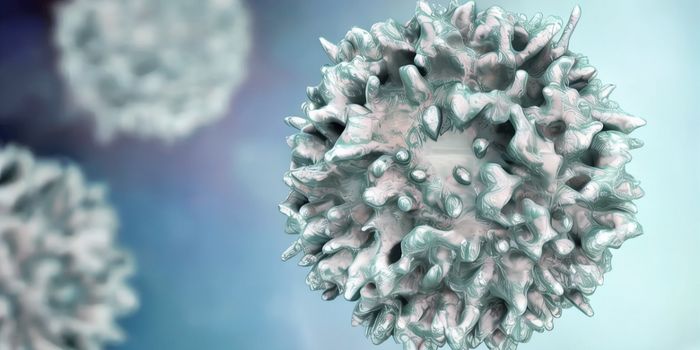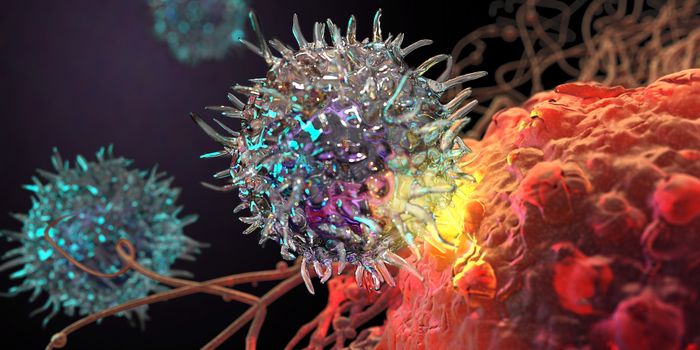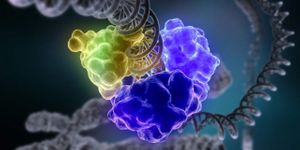In school most of us are taught that DNA is arranged as a double helix. The discovery of this basic structure, after all, is what earned James Watson and Francis Crick the Nobel Prize in 1962.
But as it turns out, DNA exists in other forms as well – one of the most intriguing ones being the quadruple helix. And though this form has been known for a while, it’s only been recent that researchers at the University of Cambridge found a convincing link between the existence of these odd helices and its potential to be
targets for cancer therapies.

The quadruple DNA helices are quite unique in the human genome. Instead of the iconic twisted helix of conventional DNA, these quadruple helix, also known as G- quadruplexes, are square-shaped. They’re so named because these structures are most abundant in Guanine-rich regions of the genome. Scientists can easily create these structures in the lab in the right conditions. However, G-quadruplexes also exist naturally in our cells –
discovered in 2013 by Shankar Balasubramanian's team, who happen to also lead the current expedition in G-quadruplexes and cancer.

At the time, Balasubramanian’s team had no idea what the function of G-quadruplexes could be. However, they did suspect something highly regulated. "There have been a number of different connections made between these structures and cancer, but these have been largely hypothetical," said Balasubramanian, the paper's senior author. "But what we've found is that even in non-cancer cells, these structures seem to come and go in a way that's linked to genes being switched on or off."
That G-quadruplexes can influence whether genes are turned on or off is reminiscent of epigenetic markers on our genome. Furthermore, the team also observed that G-quadruplexes primarily occur in the promoter regions of genes associated with cancer, such as
MYC – a well-characterized oncogene.
"What we observed is that the presence of G-quadruplexes goes hand in hand with the output of the associated gene," said Balasubramanian.
The connections seem to be staring at the researchers in the face: G-quadruplexes could very well regulate the expression of cancer genes. And knowing how the mechanism behind these molecules could provide a powerful way to target cancer.
"We've been looking for an explanation for why it is that certain cancer cells are more sensitive to small molecules that target G-quadruplexes than non-cancer cells," said Balasubramanian. "One simple reason could be that there are more of these G-quadruplex structures in pre-cancerous or cancer cells, so there are more targets for small molecules, and so the cancer cells tend to be more sensitive to this sort of intervention than non-cancer cells.
"It all points in a certain direction, and suggests that there's a rationale for the selective targeting of cancer cells."
Additional sources:
University of Cambridge,
MNT

 At the time, Balasubramanian’s team had no idea what the function of G-quadruplexes could be. However, they did suspect something highly regulated. "There have been a number of different connections made between these structures and cancer, but these have been largely hypothetical," said Balasubramanian, the paper's senior author. "But what we've found is that even in non-cancer cells, these structures seem to come and go in a way that's linked to genes being switched on or off."
At the time, Balasubramanian’s team had no idea what the function of G-quadruplexes could be. However, they did suspect something highly regulated. "There have been a number of different connections made between these structures and cancer, but these have been largely hypothetical," said Balasubramanian, the paper's senior author. "But what we've found is that even in non-cancer cells, these structures seem to come and go in a way that's linked to genes being switched on or off."







